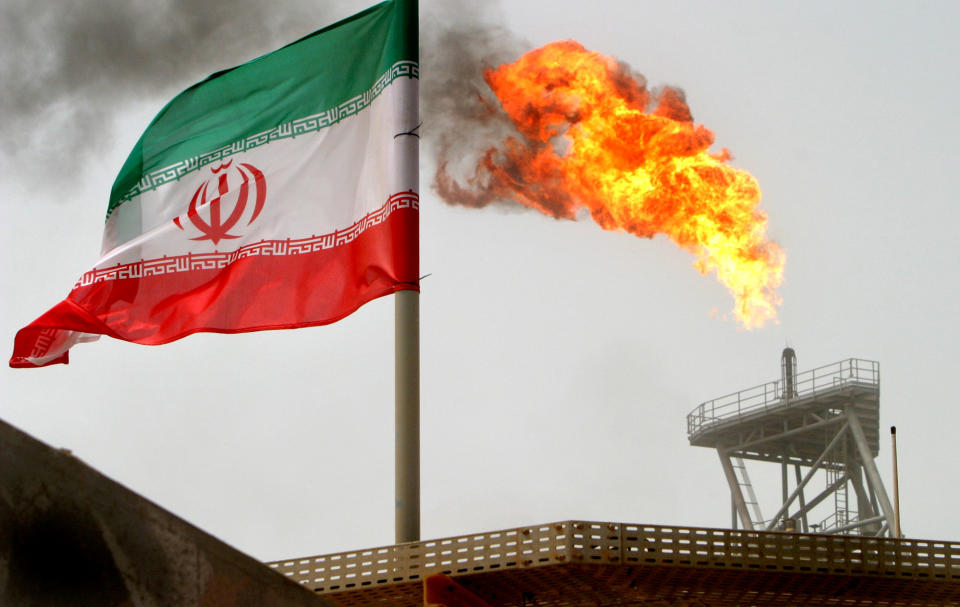What the market is getting wrong about oil

Crude oil (CL=F) has been getting pummeled. The commodity got crushed this week and is on pace for its worst weekly performance in nearly nine months. Crude has fallen 17% from the four-year highs it hit in early October.
Global supply increases, trade tensions between the US and China and a new report stating that the U.S. will be granting Iran sanction waivers to eight nations have put pressure on oil prices.
Helima Croft, RBC’s head of commodity strategy, thinks traders are overlooking part of the story. “I actually think the market is missing several key points. Every country that gets a significant reduction exemption (SRE) has to make a large reduction in order to secure one and will have to make further import cuts in the coming months. China is apparently included, and many market participants assumed that they would not be making any cuts,” she told Yahoo Finance.
The Trump administration slapped sanctions on Iran oil exports in May after ditching the Iran nuclear deal, and the sanctions on Iran’s energy sector are set to kick in on November 4.
Up until this week, the move to limit Iranian oil exports was seen as a bullish argument for crude oil prices.
Waivers for India, China, Turkey
China is currently the largest importer of Iranian oil, and after it was reportedly revealed that India, China and Turkey would be included in the 8 nations that would be granted waivers, crude oil prices fell to more than 6-month lows on Friday morning.
Croft argues that regardless of these temporary waivers, Iran will see continued export losses into 2019. “While we still have to see the percentage reduction for the significant reduction exemptions, it is still likely to see Q1 2019 export losses in the 1.3 to 1.7 million barrels per day range from the spring high, and those losses will likely climb heading into the next significant reduction exemption round in 6 months time.”
The waivers are temporary, and participating nations will be held accountable to continue cutting Iranian imports going forward.
A Nov. 1 note from Goldman Sachs concurs: “Importantly, the granting of waivers does not imply that Iran exports will stabilize near current levels … The U.S. administration remains committed to its stated goal of ‘achieving maximum pressure’ on Iran and targeting ‘zero exports’ medium-term, suggesting diminishing waivers over time … As a result, we continue to expect that Iran exports will sequentially decline with our export forecast at 1.15 mb/d into year-end. We expect further declines in early 2019 to 1.0 [million barrels per day], reflecting both a likely goal to bring exports lower than during the previous round of sanctions and a gradual decline to zero imports for OECD countries (EU, Japan, Korea).”
Crude oil futures were trading in the $63.60 range Friday at 10:50 a.m. ET.
Heidi Chung is a reporter for Yahoo Finance. Follow her on Twitter: @heidi_chung.
Follow Yahoo Finance on Twitter, Facebook, Instagram, Flipboard, LinkedIn, and reddit.
More from Heidi:
Shake Shack sales unexpectedly fall
The death of retail is ‘totally oversubscribed’


